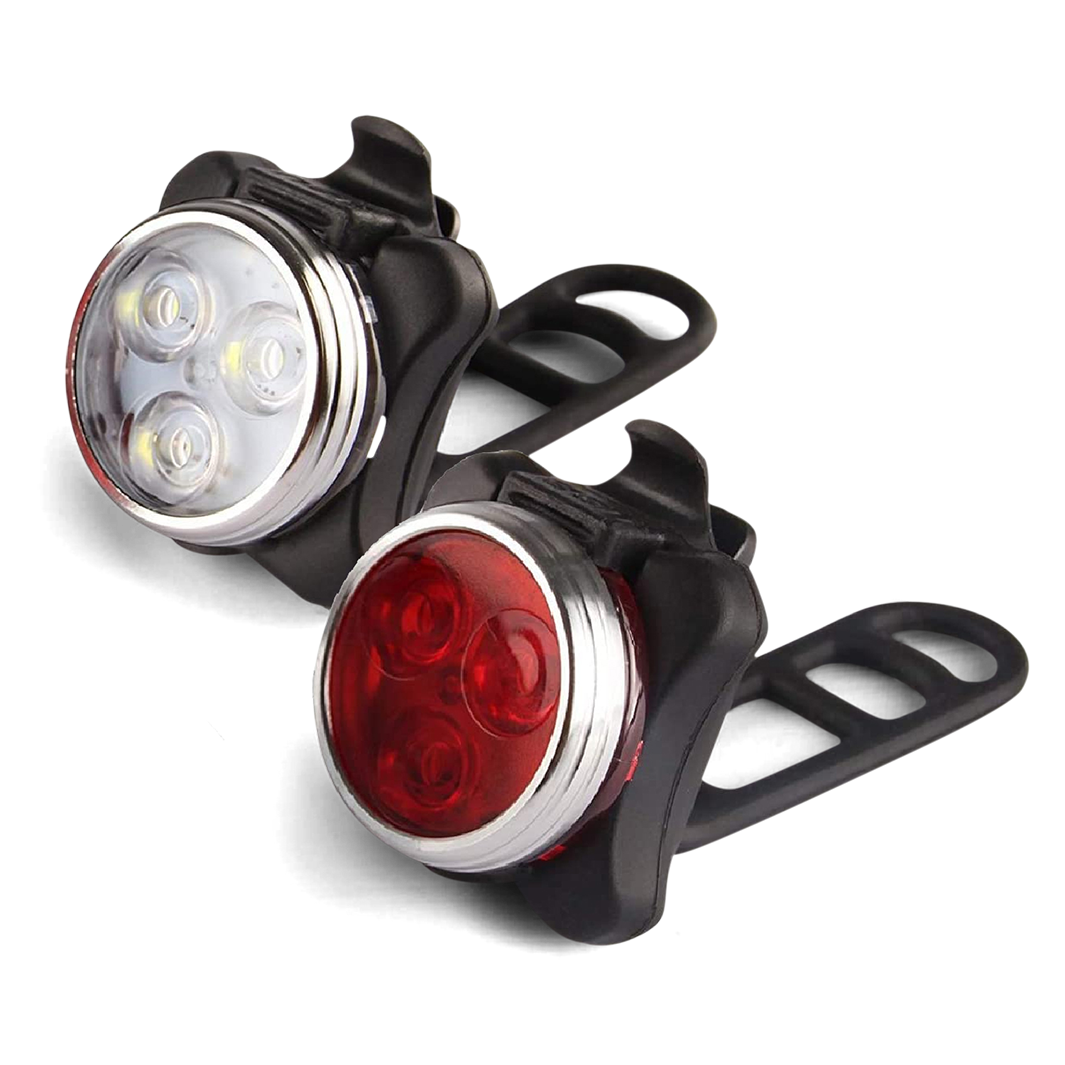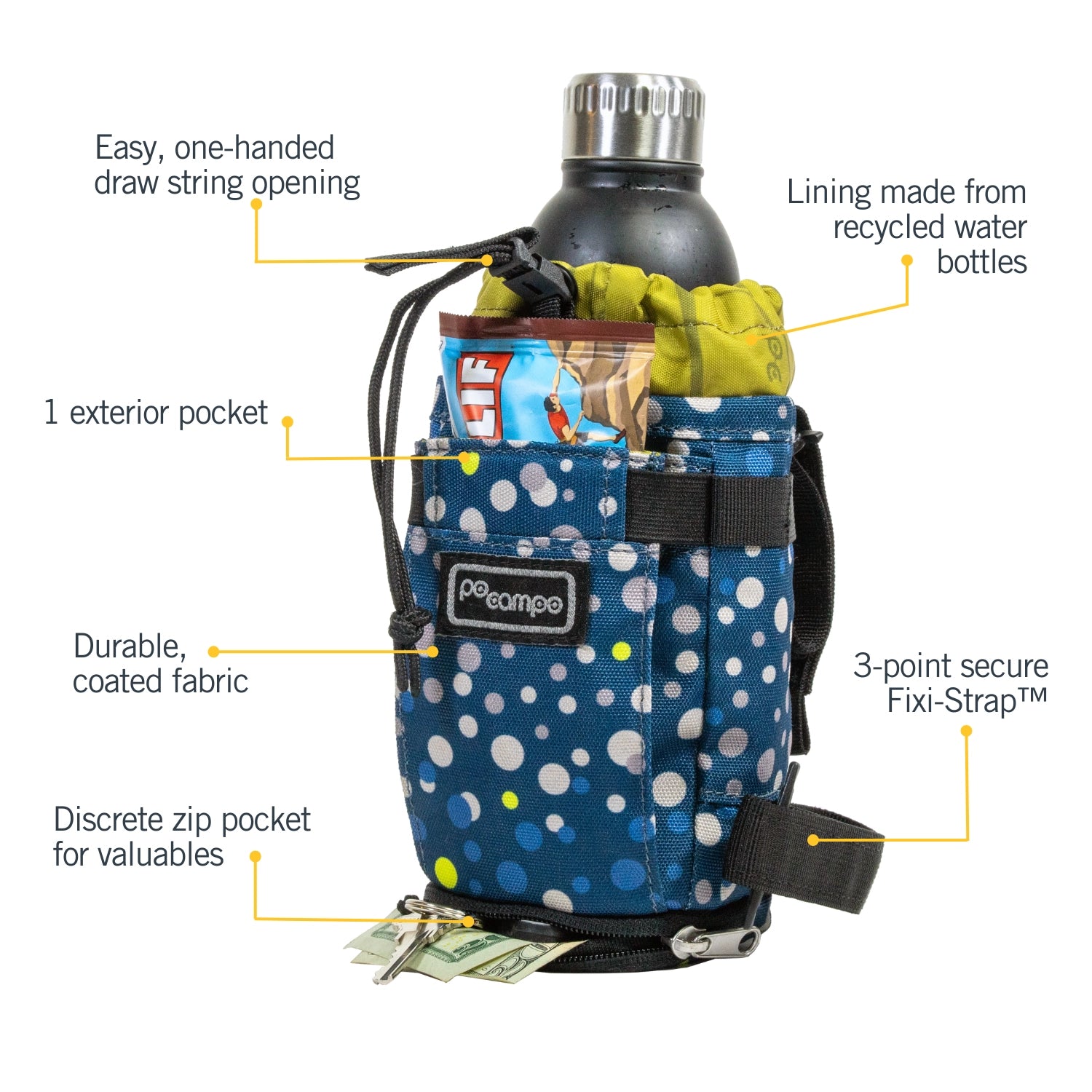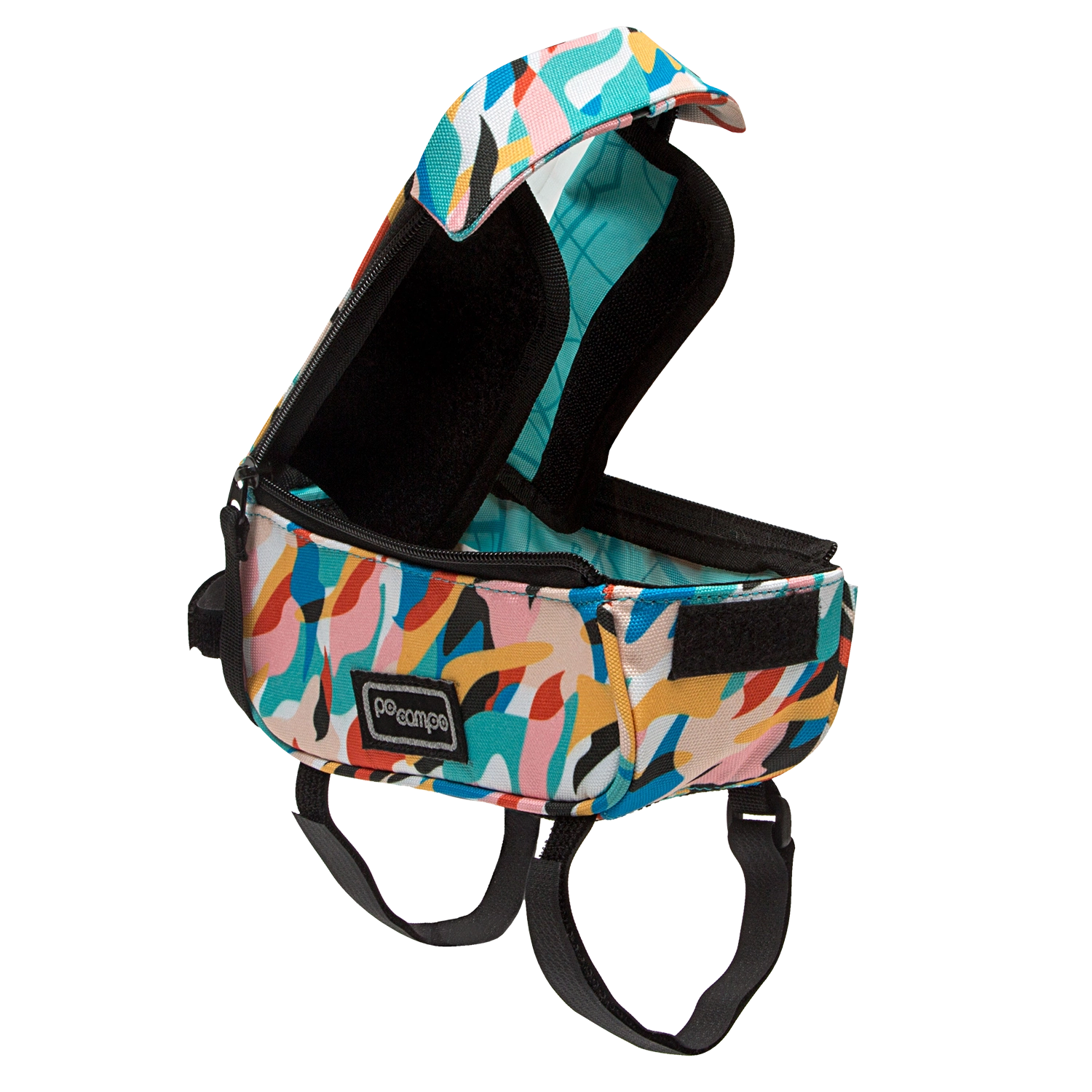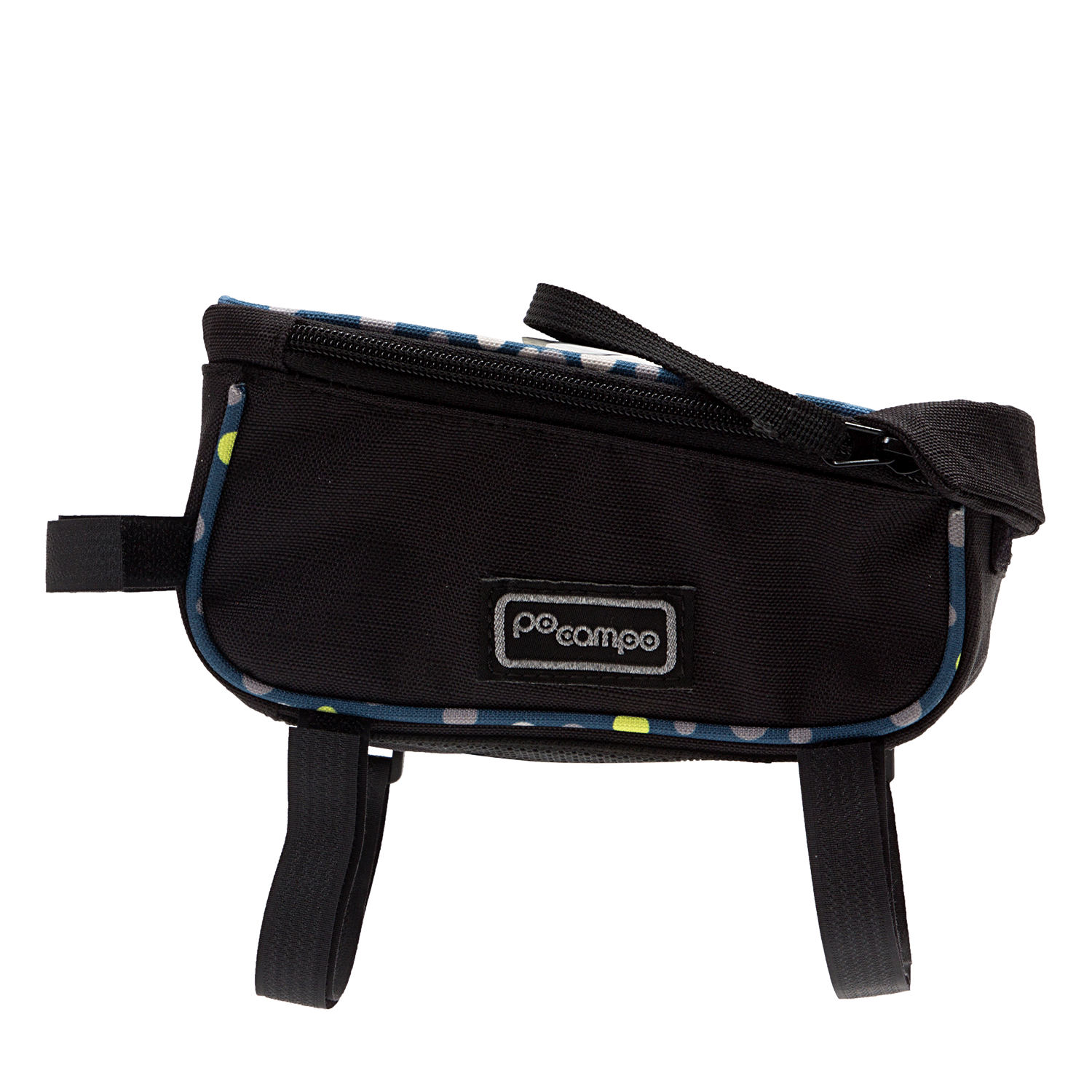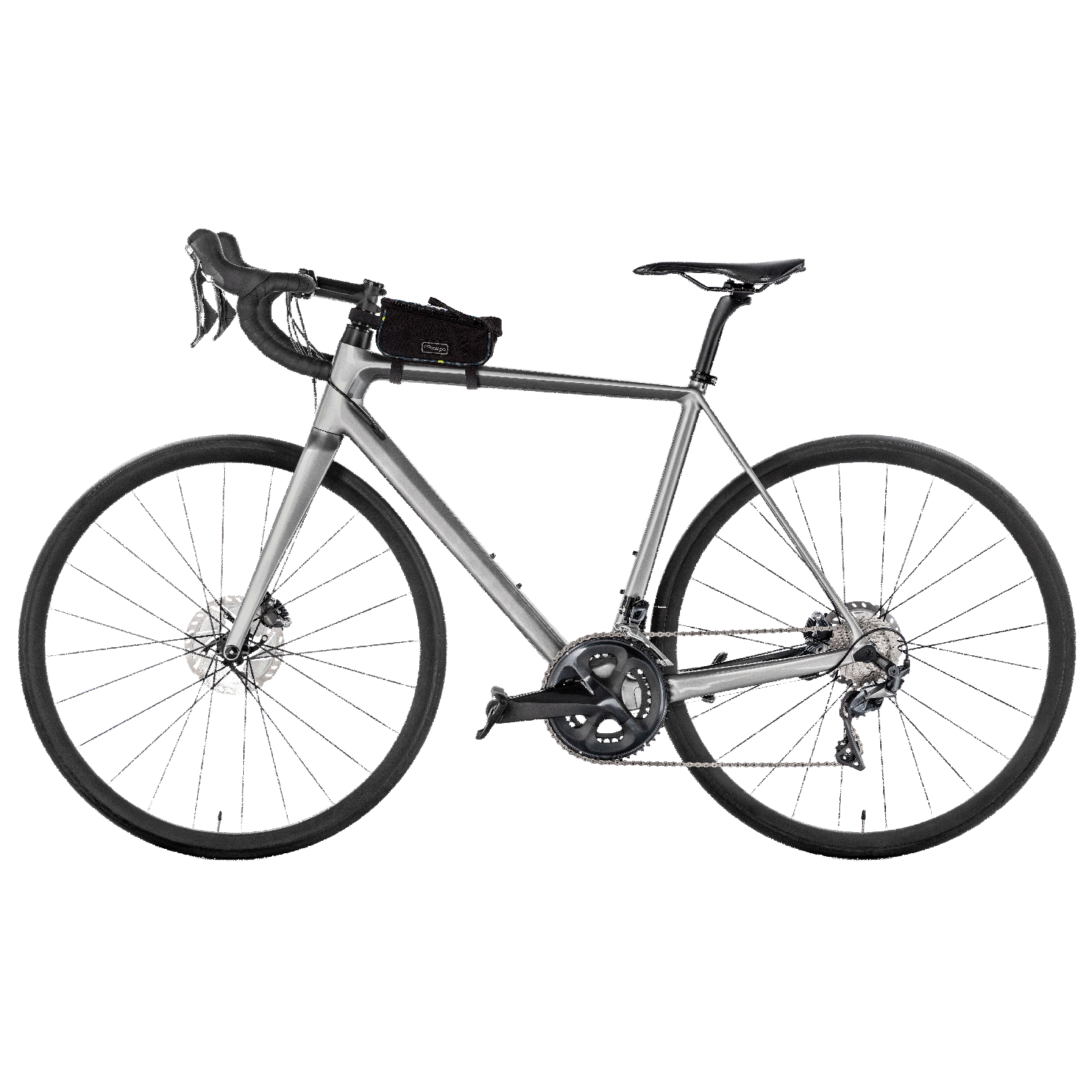Has winter weather got you down? We know that biking puts a pep in our step, and there is no reason to stop just because it's cold. Wondering how to stay warm while #winterbiking? Read our guide.
 Photo credit: Let's Go Ride a Bike
Photo credit: Let's Go Ride a Bike
Sure, the first snowfall is always delightful, but now we're getting into the relentless nitty gritty of winter. Each day seemingly colder than the last, and yes, we know that technically the days are getting longer, but it still feels dark and overcast most of the time. One cure could be getting back on the bike since we know it boosts our spirits, but what is the best way to dress for biking in the cold?
Here are our head to toe suggestions of how to dress for winter bicycling:
Covering Your Head
You may already have a riding cap, but as it gets cooler, opt for a fleece or merino wool cap to keep your head warm. They’re thin enough to comfortably wear under your helmet – although you may need to make a simple adjustment to how your helmet fits. Get one with earflaps!
Our founder Maria swears by her snowboarding helmet in winter for the extra insulation. However, most snowboarding helmets aren't technically rated for bicycling, so you may want to opt for a crossover snow-bike helmet like the Lazer Dissent.
A scarf is a versatile accessory that you can push up over your nose and cheeks if you start to feel cold, or loosen around your neck if you start to get overheated. Also, you’ll probably discover that your nose drips a lot more in cooler weather, so having a handkerchief or tissue easily accessible is key.
Keeping Your Torso Warm
Layering your tops is essential to staying warm and comfortable while biking in cooler temperatures. Once you start feeling a little chilly while riding, it’s time to start wearing a polypro or merino wool base layer, like these from Icebreaker.
Your next layer should be a fleece or merino wool to add a layer of warmth to your upper body. You may want to consider investing in a softshell jacket, whose wind-blocking, water-repelling, breathability super powers goes a bit farther than just straight-up fleece to protect you from the weather. This one from The North Face is a good example.
Have fun with these layers, and utilize your big warm scarf to accent the look.
Protecting Your Hands
Keeping your hands warm is a must. Not only are cold hands uncomfortable, but have you ever noticed how your hands can seem weaker and slower to react when they’re cold? That’s not good when you need to squeeze your brakes at a moment’s notice to avoid a collision.
Which should you wear: gloves, mittens, or lobster gloves? This question always starts off a debate so just go with what works best for you. It’s most important to choose hand protection that is insulated. Finding hand coverings that let you use your touchscreen without removing them is a plus. And merino wool glove liners are your friend if you need a even more warmth.
Warming Your Legs
Pulling on some merino wool tights or thermal leggings will make a big difference in how warm your legs feel while biking in colder weather. You can wear these under slacks or skirts, and you can wear more than one pair at once if you need more protection.
Sewaholic posted an excellent article "Winter Cycling Outfits: Layer Up!" with this helpful graphic on how to integrate your layers into your outfits:
 Photo credit: Sewaholic
Photo credit: Sewaholic
Don't Forget Your Toes!
Similar to leggings, you’re going to want to go with layering merino wool socks to keep your feet warm. Several thermal layers will keep your toes toasty warm, and Smartwool has a good selection. Still not enough? Many cyclists swear by warming pouches that you can slip into your shoes (or gloves) to keep your extremities warm. A popular brand is “HotHands” which can be found in drugstores like CVS or in bulk on Amazon.
Transitioning to Off the Bike
What to do with all of these layers once you get to your destination? Unless your destination is very well heated, you'll probably be comfortable with wearing your layers all day long. If you are fortunate to be in a nicely heated space, take comfort in knowing that most thermal layers fold up into a pretty compact package. Just head to the nearest washroom to remove some layers in private, and then tuck them into your Po Campo Uptown Trunk Bag for safe keeping until you need to head home again.
 Po Campo Uptown Bike Trunk Bag ($80)
Po Campo Uptown Bike Trunk Bag ($80)
Experiment to Find Out What Works For You
Keep in mind that different people have different thresholds for temperatures. You might find that you start donning extra layers much earlier or later than others. Or, you might find that your fingertips get cold super fast and your toes overheat, while your best riding buddy experiences the reverse. It takes a little trial and error, but what’s important is finding out what works for you.
Other Blog Posts You May Like
5 Things That Make Winter Biking Less Painful



 (
( (
(